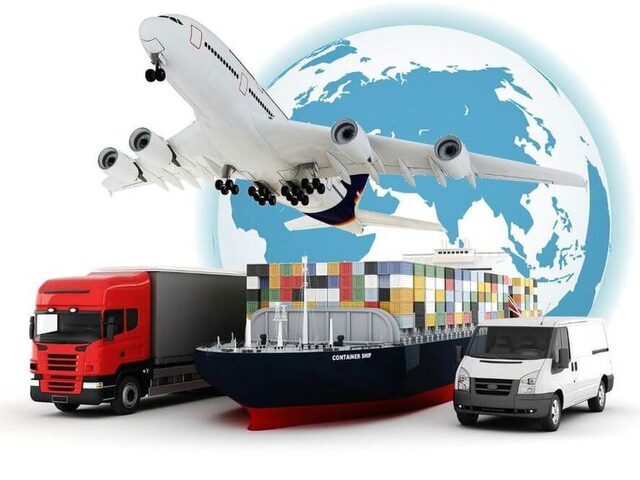Third party logistics refers to outsourcing logistics operations and supply chain activities to an external logistics service provider. Third party logistics products consists of transportation, warehousing, freight and forwarding, value-added services, reverse logistics, supply chain management and procurement services which helps companies to achieve higher operational efficiency and scalability. Factors such as increasing B2B e-commerce sales, globalization of supply chains and focusing on core competencies by enterprises are augmenting the demand for third party logistics services globally.
The Global Third Party Logistics Market is estimated to be valued at US$ 1.63 Mn in 2024 and is expected to exhibit a CAGR of 5.9% over the forecast period 2024 to 2030.
Key Takeaways
Key players operating in the Third Party Logistics are Johnson Controls (including ANSUL), Solberg (a division of Amerex Corporation), Dr. Sthamer, National Foam (a part of Kidde-Fenwal, Inc.), Eau&Feu, Dafo Fomtec AB, ICL Performance Products, KV Fire Chemicals, Auxquimia & Angus Fire. The growing popularity of Omni channel retailing and adoption of supply chain management technologies by logistics companies are anticipated to drive the market growth in coming years. Moreover, expanding global operations of major industries including automotive, pharmaceutical, retail and FMCG are promoting the global expansion of third party logistics market.
Market Key Trends
One key trend fuelling the growth of Third Party Logistics Market is increasing adoption of supply chain management technologies. Technologies like warehouse management systems, transportation management systems, blockchain, Internet of Things and Artificial Intelligence are enabling optimal asset utilization and shipment visibility through real time tracking & monitoring of inventory and freight movements across the supply chain network. This is helping third party logistics companies and their clients to achieve higher operational efficiencies, reduce costs and enhance customer experience through faster & transparent fulfillment of orders.
Porter’s Analysis
Threat of new entrants: Low cost of logistics operations attract new players but there are high capital costs of infrastructure and technology demanded by major clients and existing large operators have economies of scale.
Bargaining power of buyers: Large buyers can negotiate lower prices from suppliers and demand customization of services but third party logistics operators offer value added services beyond price and have scale advantages.
Bargaining power of suppliers: Operators work with multiple suppliers and sources globally to avoid dependence on any single supplier and suppliers also cater to aggregated demand due to economies of scale.
Threat of new substitutes: Limited threat as different modes such as air, ocean, road complement each other based on costs and lead times.
Competitive rivalry: Intense competition on parameters of coverage, technology, cost and reliability due to presence of numerous global and regional players.
Geographical Regions of Concentration
North America accounts for the largest share of the market currently estimated at over 35% in 2024, driven by well established logistics infrastructure, demand from e-commerce and retail industries. Asia Pacific is witnessing fastest growth and expected to surpass North America by 2030 due to expanding manufacturing industries, population and investments in supply chain capabilities in countries like China, India and Southeast Asia.
Fastest Growing Region
Asia Pacific region is projected to be the fastest growing market for third party logistics at a CAGR of over 8% during the forecast period. This can be attributed to rising incomes, growing middle class population demanding consumer goods and expanding manufacturing and export industries utilizing advanced logistics networks and services across Southeast Asia, India and China. Countries are also making large investments in transportation and warehousing infrastructure providing opportunities for 3PL providers.

